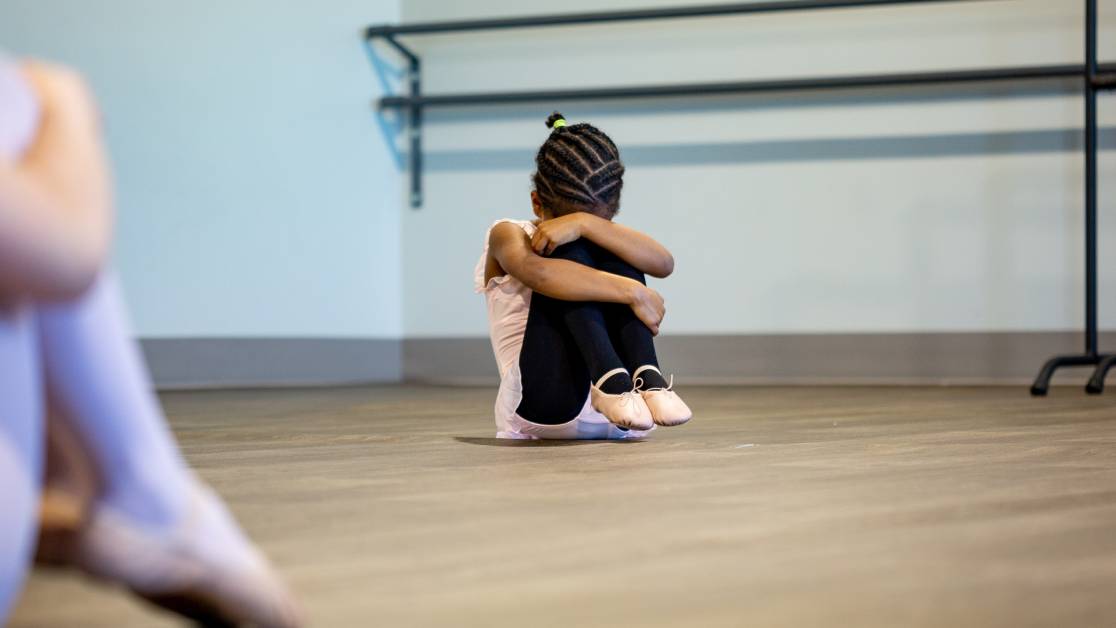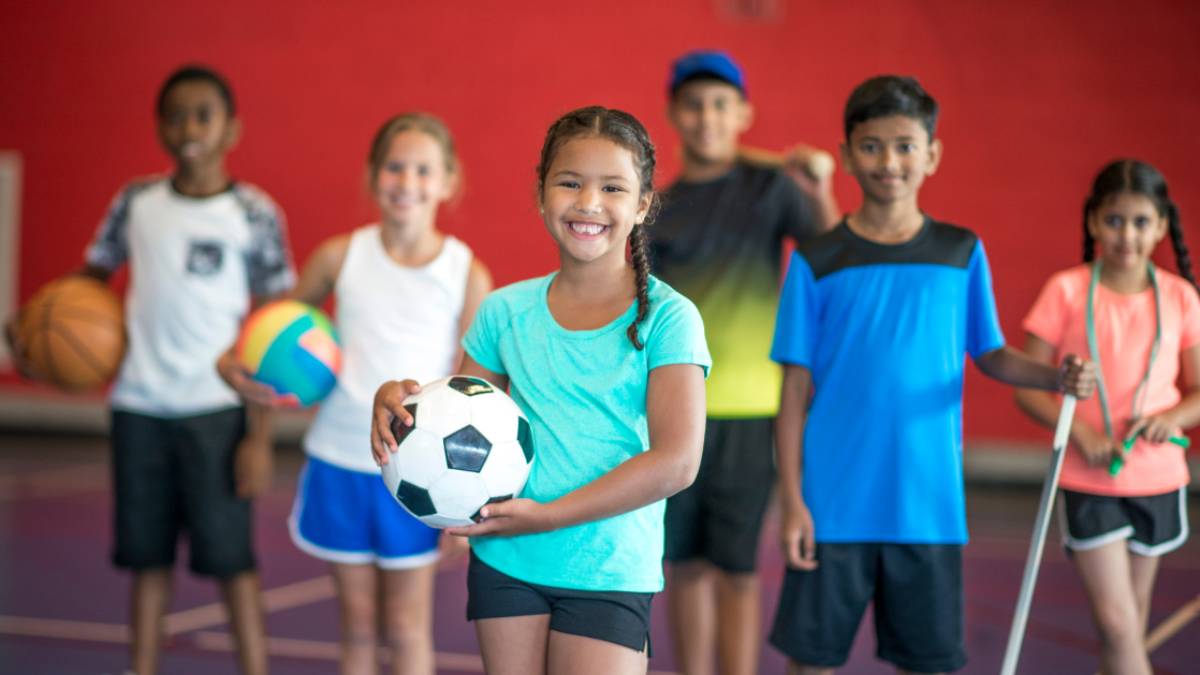Maximizing the potential of sport for students’ mental health

In a landscape where youth mental health challenges are of growing concern, it’s essential for high school sports leaders to recognize the crucial role that sport can play in the overall well-being of adolescents. Statistical data reveal an alarming rise in mental disorders among this age group, highlighting the need for effective interventions. For example, according to Statistics Canada, the number of Canadians over the age of 15 affected by generalized anxiety disorders doubled between 2012 and 2022 [1].
Fortunately, research conclusively demonstrates the benefits of physical activity in reducing anxiety and improving mood. This article aims to encourage high school sports leaders to promote and support regular sports participation among students, highlighting how moderate exercise can serve as a foundation for their mental well-being, providing them with the tools to better manage stress and anxiety at a crucial stage in their development.
Maximizing the mental health benefits of sport for adolescents
Involving students in sporting activities has significant benefits for their mental well-being. Regular practice of sport not only improves physical fitness; it also acts as a powerful mitigating factor against stress, anxiety and depression. A meta-analysis of 159 studies found that just 20 minutes of moderate physical activity, such as brisk walking, produced a positive psychological effect lasting between two and seven hours [2]. In addition, muscle-intensive activities such as swimming, running or cycling have been associated with a reduction in anxiety after just 20 minutes [3].
Studies abound in this direction, demonstrating that sport helps to maintain positive mental health. For example, over 80% of the 30 studies conducted by Mammen and Faulkner found an inverse relationship between physical activity and depression [4]. Similarly, 90% of the 30 studies carried out by Byrne and Byrne highlighted the positive impact of regular exercise on various aspects of mental health, such as depression, anxiety and mood [5].
The indirect benefits of sport on students' mental health
In addition to direct mental health benefits, regular practice of sport can generate valuable indirect benefits within the school community. For example, teenagers’ involvement in sporting activities can contribute to a better self-image. By developing their physical skills and achieving sporting goals, students boost their self-esteem and self-confidence, which can have a positive impact on their mental health.
Sport is also often associated with better sleep in young people [6]. Regular exercise can promote better quality sleep, which can help students pay more attention in class and better manage study-related stress. In addition, participation in sports activities offers a valuable opportunity to forge social bonds and develop positive interpersonal relationships within the school. These social connections provide emotional support and a sense of belonging, helping to create a favorable school environment. Sports managers must ensure that they maximize the positive impact of sport on the psychological well-being of adolescents and on the overall dynamics of their school.
Strategies to encourage physical activity in secondary schools
There are a number of strategic approaches an athletic director can take to encourage frequent physical activity at his or her school. First, it’s essential to diversify the range of physical activities offered to students, taking into account their interests and needs. This can involve creating a variety of programs that include different sports, exercises and recreational activities. Secondly, it’s important to promote an inclusive and accessible environment, where all students feel encouraged to participate, whatever their skill level or physical abilities. Special events, friendly competitions and peer mentoring programs can also stimulate student engagement in physical activity. By implementing these strategies in a consistent and committed way, sports leaders can play a key role in promoting an active and healthy lifestyle within their school.
Promoting mental health through sport: a commitment by high school sports managers
In conclusion, the mental health benefits of sport are undeniable, and high school athletic directors have a crucial role to play in promoting these benefits among students. By encouraging regular physical activity, diversifying sports program offerings and fostering an inclusive environment, these professionals help cultivate a healthy mindset within their school community.
By combining the physical and psychological benefits of sport with effective strategies to encourage adolescent engagement, sports leaders can truly create a positive impact on young people’s mental health and well-being. By working together to promote a culture of physical activity in secondary schools, we can help students develop healthy lifestyle habits that will stay with them throughout their lives, strengthening not only their physical health, but their mental and emotional health too.
Sources:
[1] Statistique Canada, Enquête sur la santé mentale et l’accès aux soins, 2022. Statistique Canada, Enquête sur la santé dans les collectivités canadiennes – Santé mentale, 2012. Statistique Canada, Enquête sur la santé dans les collectivités canadiennes : Santé mentale et bien-être, 2002.Consulté au tableau 1 via l’URL suivant: https://www150.statcan.gc.ca/n1/pub/75-006-x/2023001/article/00011-fra.htm
[2] Landers, D.M. et Petruzzello, S.J. (1994). The effectiveness of exercise and physical activity in reducing anxiety and reactivity to psychosocial stressors. In H.A. Quinney, L. Gauvin et A.E.T. Wall (dir.), Toward active living. (p.77-82). Human Kinetics Publishers Inc.. Information trouvée via l’article à l’URL suivant: https://www.erudit.org/fr/revues/smq/2017-v42-n1-smq03101/1040248ar/
[3] O’Connor, P. J., Raglin, J. S., & Martinsen, E. W. (2000). Physical activity, anxiety and anxiety disorders. International Journal of Sport Psychology, 31(2), 136-155. Information trouvée via l’article à l’URL suivant: https://www.erudit.org/fr/revues/smq/2017-v42-n1-smq03101/1040248ar/
[4] Mammen, G. and Faulkner, G. (2013). Physical activity and the prevention of depression : a systematic review of prospective studies. American journal of preventive medicine, 2013. 45(5), 649-657. Information trouvée via l’article à l’URL suivant: https://www.erudit.org/fr/revues/smq/2017-v42-n1-smq03101/1040248ar/
[5] Byrne, A. et Byrne, D. G. (1993). The effect of exercise on depression, anxiety, and other mood states : A review. Journal of Psychosomatic Research, 37(6), 565-574. Information trouvée via l’article à l’URL suivant: https://www.erudit.org/fr/revues/smq/2017-v42-n1-smq03101/1040248ar/
[6] Radio Canada. (2019). 3 effets du sport sur le sommeil consulté à l’URL suivant: https://ici.radio-canada.ca/jeunesse/parents/accueil-parents/document/nouvelles/article/1154322/endorphines-detente-anxiolytique-rythme-circadien
Don't miss our new back-to-school guide!
Karl Demers

On the same subject
Performance anxiety is a common concern among young athletes, and it can be difficult for parents to know how best to support their child.
Performance anxiety engenders an intense fear of failure, leading individuals to perceive every situation as a formidable challenge.
Stress and anxiety are all too common among young people at school. This can be linked to a number of factors: the pressure to succeed, social […]


